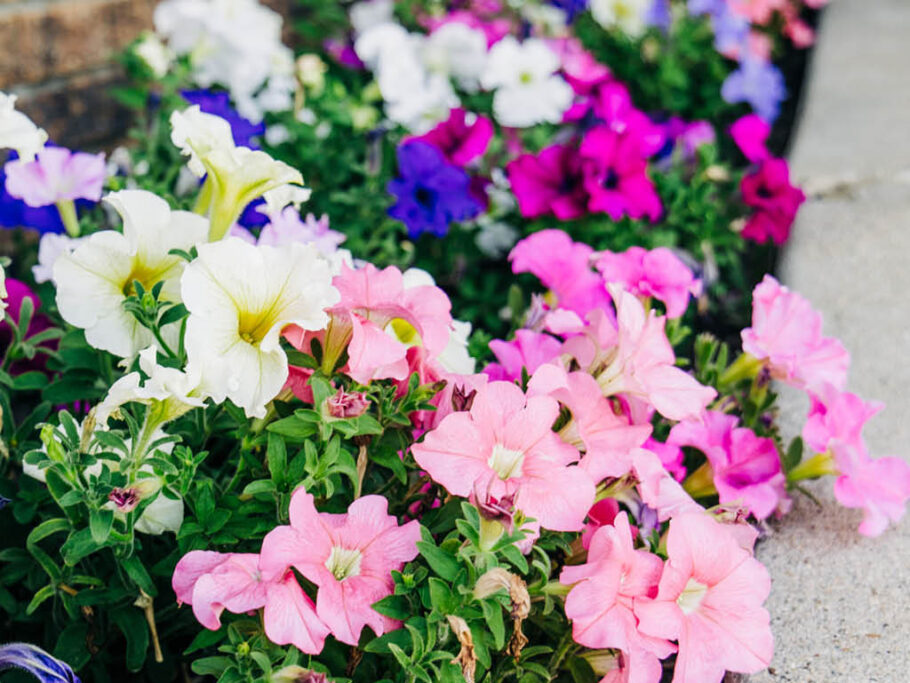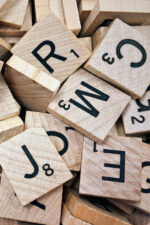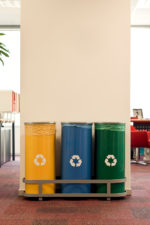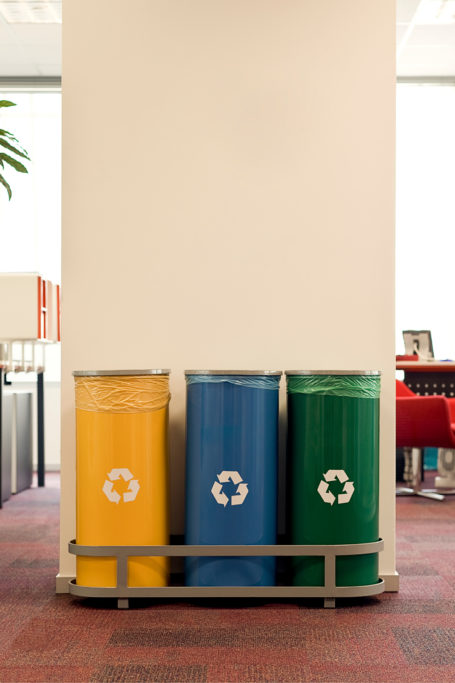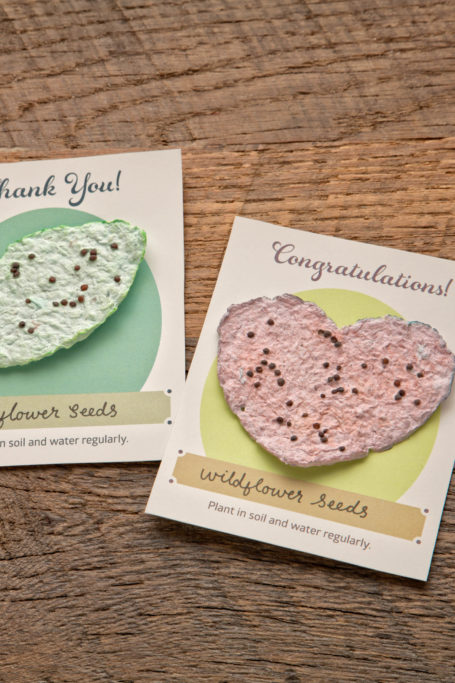The Evolution of Spring-Cleaning
Come this time every year, we often notice a covering of dust on our surfaces and a bit of stuffiness in the air and are spurred to embark on a rigorous, all-encompassing cleaning session.
But more than just a handy method of household management and decluttering, this annual ritual captures the fresh start that this season represents. Over many cultures and centuries, spring-cleaning has proven to hold great importance and meaning, becoming deeply ingrained in human psychology as well as in custom.
Historical roots
Spring-cleaning goes back millennia, with communities all around the world participating in their versions of it. The two events most attributed as the likely origin of this tradition are Passover and Nowruz (the Persian New Year). Typically falling in March or April, Passover commemorates the Israelites’ escape from slavery in Egypt as they sought a new beginning. In preparation of the observance, families engage in a thorough cleaning of their entire homes to remove any traces leavened bread (chametz) as commanded in the Torah, leaving not even a crumb behind.
Meanwhile, Nowruz, occurring on the first day of spring, involves a ceremony known as khaneh tekani, which means “shaking the house.” It entails a complete cleaning of residences to welcome the new year, signifying not only a physical cleansing but also a metaphorical purification. With such renewal, families become free to let go of the past and reset for the future.
In the United States, spring-cleaning has practical origins as well. Among agricultural societies, homes were firmly shuttered during winter to save heat, but this generated dust, soot, and grime. Spring brought the opportunity to clean it all out, open the windows again, and let in fresh air. Then with the onset of the Industrial Revolution, new tools and approaches enabled the growing urban population to engage in the cleaning process more swiftly and efficiently. Today, this tradition continues, symbolizing the rejuvenation that spring brings to our homes and lives.

Cultural variations
Though the appreciation of a ritual cleaning is relatively universal, the timing and practices differ widely based on the culture. Chinese homes, for example, conduct an annual tidying before the Lunar New Year, typically at the end of January or beginning of February. This ceremony represents the clearing of bad luck and welcoming of good fortune in the coming year. A similar event known as ōsōji, meaning “big cleaning,” occurs in Japan at the end of each December, when houses, offices, classrooms, and public spaces alike are thoroughly scrubbed in preparation for the months ahead.
Other traditions take a more symbolic approach to spring-cleaning. Consider the festival of Songkran in Thailand. Falling in April, this three-day celebration revolves around water, with individuals pouring it over Buddha images in temples, dripping it on the hands and feet of their elders, and splashing each other with it in playful fights. In the process, they can wash away the old year’s misfortunes for a new beginning.

The psychological benefits
So why has spring-cleaning endured so long? Apart from its historical and cultural significance, it has a major influence on mental health. For one, many cultures relate cleanliness with moral and spiritual purity, which is how spring-cleaning has become a symbolic act of cleansing, allowing people to start over with a blank slate. Further, keeping a neat and organized living space aids in reducing stress and improving overall mood. Several studies have shown that cleaning can release endorphins and provide a calming effect—and that’s not to mention the satisfaction the end result may bring.
It has also been found that cleaning aficionados tend to feel more in charge of their environments, enhancing both their confidence and mental clarity. As the popular minimalist trend has underlined, eliminating unnecessary items can open up more physical space while liberating the mind from the weight of meaningless consumerism. In turn, you can construct a more focused, peaceful environment that fosters creativity and boosts your well-being.

Modern interpretations
Though the general custom remains the same, cleaning practices have changed over time, especially in terms of eco-friendliness. Many people nowadays are fostering a deeper sense of responsibility and connection to the world around them, and as they become more aware of their effect on the environment, they’re increasingly choosing sustainable, nontoxic approaches. From selecting biodegradable cleaning products to prioritizing recycling, their focus is on finding ways to nurture their homes and care for the planet at the same time.
Social media has also had an impact, helping to spread new concepts in house organization and cleaning. Sites like Instagram and Pinterest offer seemingly endless advice and tactics, and aesthetically attractive images of carefully arranged pantries, categorized clothing, and gleaming counters spark inspiration. This “cleanfluencer” phenomenon has transformed spring-cleaning, taking it from a dull chore to a trendy and aspirational hobby.
Modern methods and tools have changed the game as well. For example, robotic vacuum cleaners have made keeping tidy easier with less effort, and apps and digital planners can allow you to create personalized checklists and reminders so that no corner is left uncleaned. All in all, it adds up to maximum efficiency for a consistently tidy home.

Following the tradition of spring-cleaning offers a chance to stop, reflect, and reset both physically and psychologically. Whether you embrace traditional customs or the newest fads, this practice nevertheless provides a feeling of rejuvenation. Start the new season ahead with a deep clean, and you’ll be rewarded with both a fresh space and a fresh attitude.








